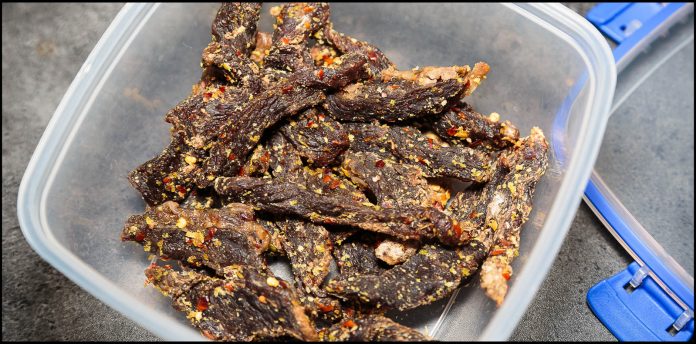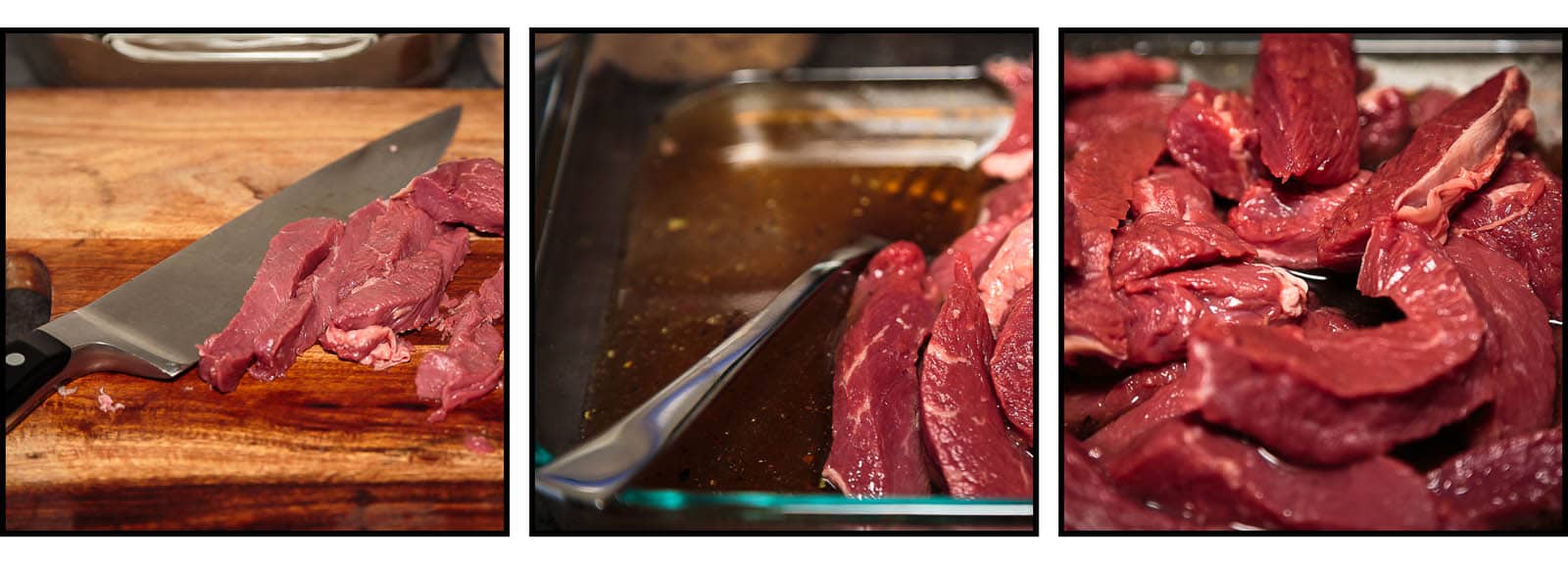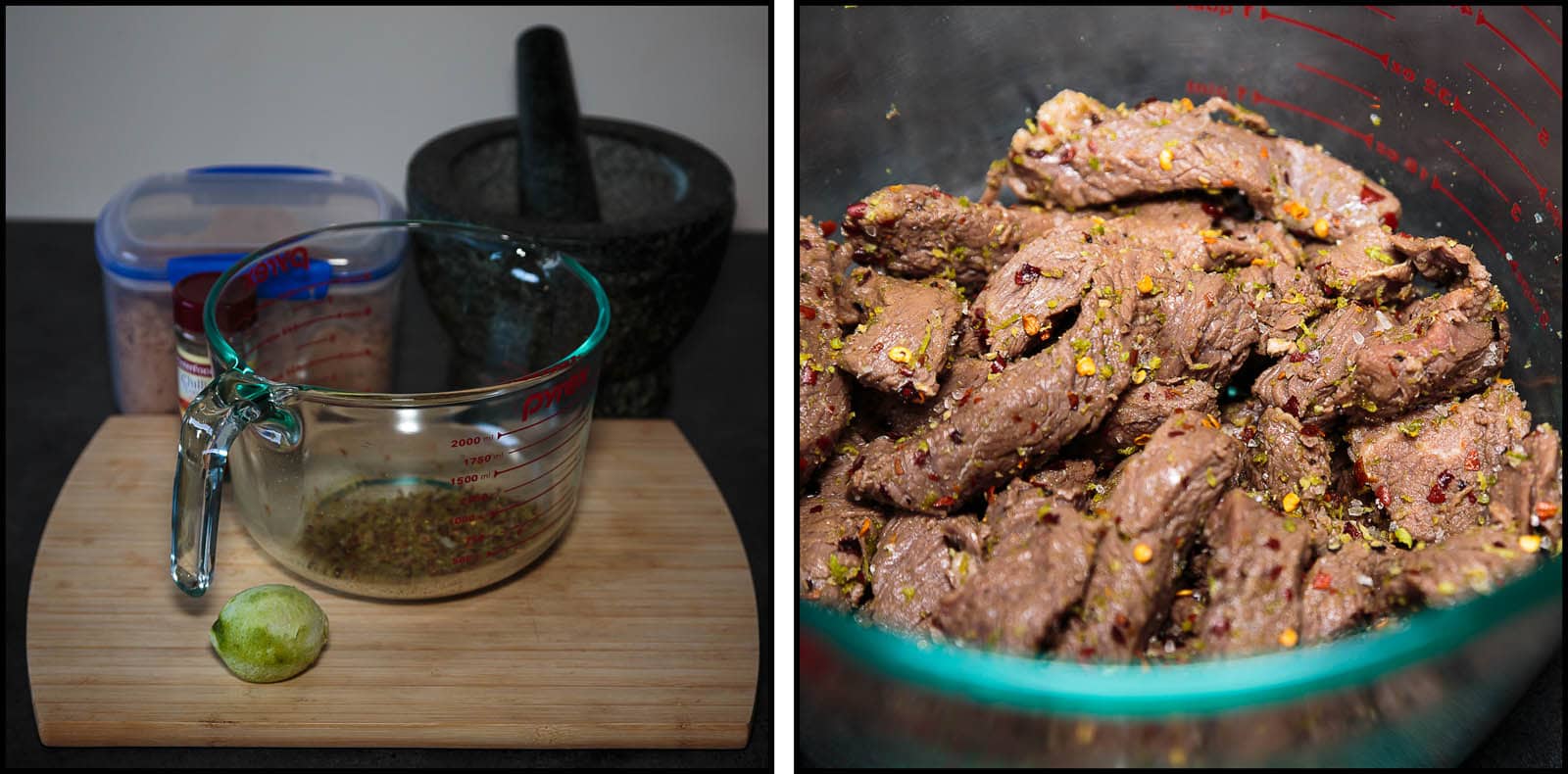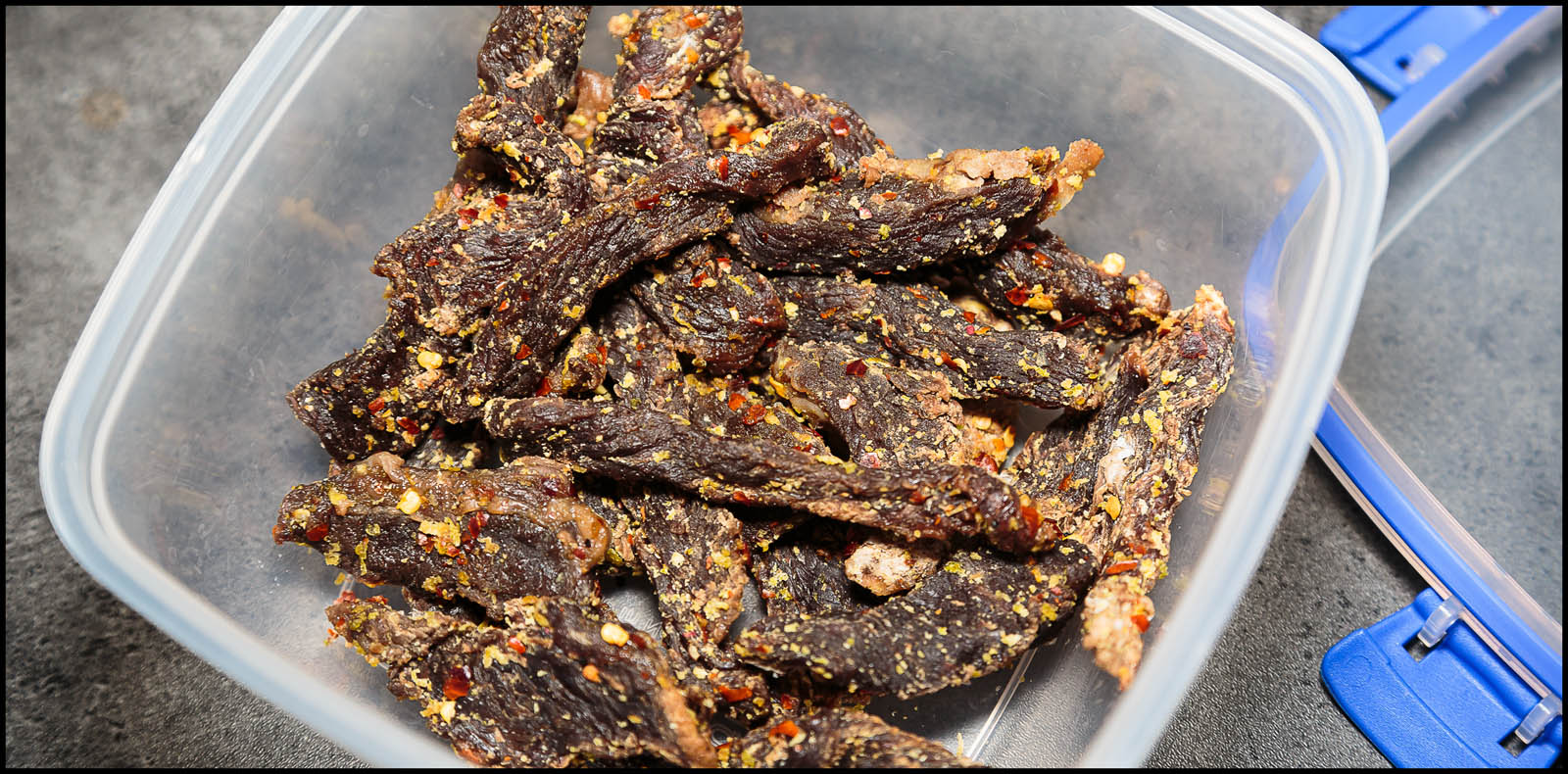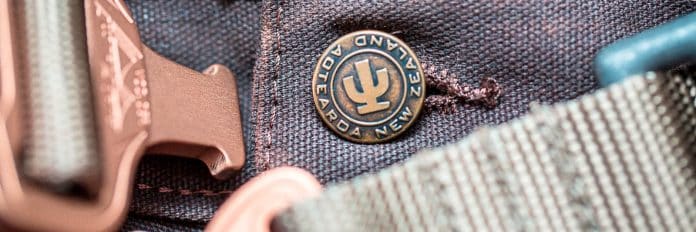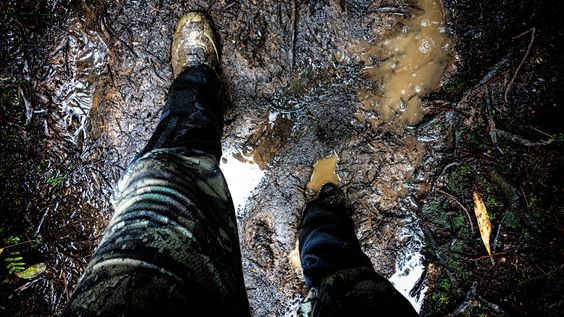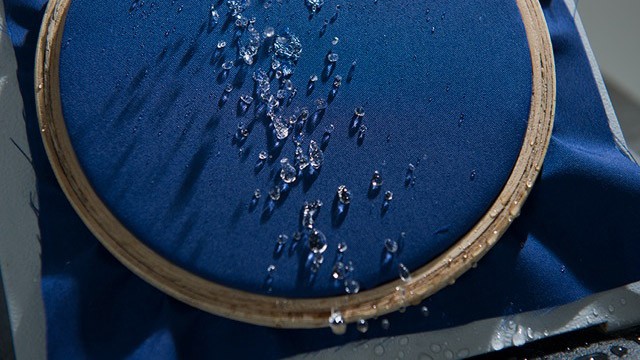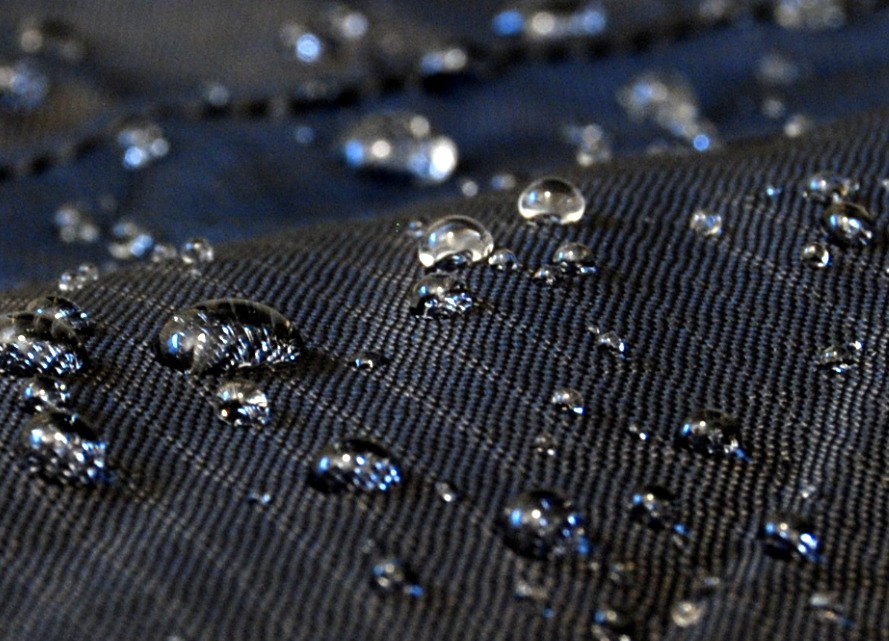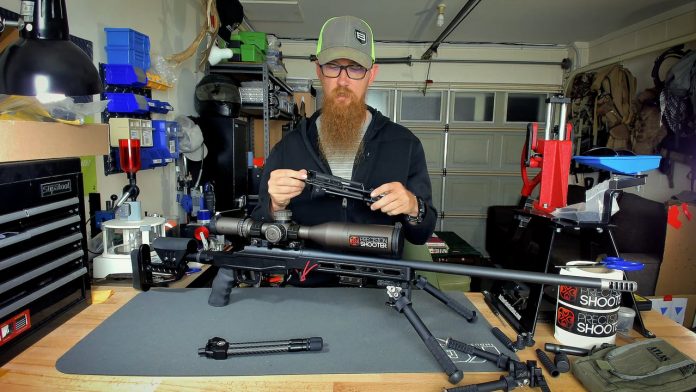With the changing seasons, I decided to re look at my base layer, so that when I get hot I can strip down to a layer that’s still a camo layer, opposed to my black thermals (In summer I have thin camo shirts & tops but nothing for warmth rolling out of winter).
I prefer to travel light & although best practice is to wear multiple layers, I find I get warm pretty quickly & so prefer to carry an extra thermal for safety in my day bag rather than have to stop to constantly remove layers.
I also customized my bush shirt adding underarm zips to help regulate airflow. Looking at the market I was surprised to find only a few camo base layer options, and best of all locally – Hunters Element had a great combo for my next trip – the blizzard top & leggings were on order & I was excited to get out into the bush to put them through the elements.
I chose only my bush shirt & shorts for a recent trip to the Urewas with my new blizzard base layer. Up & out pre dawn I was surprised how warm the cool touch fabric was, they certainly do hug the body as per description, it was great under my shorts as I had no resistance of fabric between my legs, stalking and moving agilely was effortless, plus I hoped I still had some protection from stinging nettle…
After 4 days in the bush, I certainly loved my new base layer and have worn them on 2 hunts since. Basically, they are excellent. Keeping my body temperature level after a hard slog up a mountain, traversing ridges or walking through streams. When stopping for a break I never felt cold too quickly or felt like the ultra clingy fabric was too clingy, to be honest at first I cursed the ultra snug fit wanting to roll up the sleeves as I do with my thermals…but I quickly realised I didn’t need to.
In fact, the one time I did manage to inch the fabric up my arm, I was rolling it back to its original position & suddenly a lot more comfortable. Its hard to explain in words how it kept my body temperature level…I’m just gun leave it to technology & quote the garment specs… “Body Mapping Technology”. In fact, I felt like spider or Superman in the fitted garments, it was like another layer of skin. Really comfortable, totally unrestrictive & noise free. However I would avoid wearing the leggings under pants, I tried it & the fabrics surface texture did seem to make a noise at the knee, to be honest, tho – if I was wearing pants, it wouldn’t make sense to wear these…they are definitely for the shorts hunter!
What I also loved was the quick drying fabric, I decided to give the top a wash one night back at camp, spinning it dry I hung it up & I didn’t even need to wrap it in clothes to put under my sleeping bag overnight, as I often do with my thermals to make sure they’re dry in the morning. Pretty bloody impressive.
I cant really fault this layer as an option for the hunter who wants a camo double skin. but I can tell you sadly I was no Superman against the stinging nettle, which stung right through that second skin like a b!@*#. Suffice to say I avoided stinging nettle for remaining trips. The only other niggle was the leggings have started to pill, wondering if perhaps I did something wrong in the wash process – I’m not sure & will investigate with H.E.
 These will be my go to base layer going forward & I’m dead keen to try them out in harsher colder climates to see if I can get away without wearing thermals at all…will keep you posted.
These will be my go to base layer going forward & I’m dead keen to try them out in harsher colder climates to see if I can get away without wearing thermals at all…will keep you posted.
shot
JJ
Specs
Heat control technology.Designed to regulate the bodies temperature at
Designed to regulate the bodies temperature at base level, the Blizzard is extremely warm in harsh conditions and cool and forgiving in the heat.
Flat lock seems / High wicking / Fitted cut / Muscle Compression / Body Mapping Technology / Sizes S-4XL / Available in Desolve® Veil™ Camouflage.




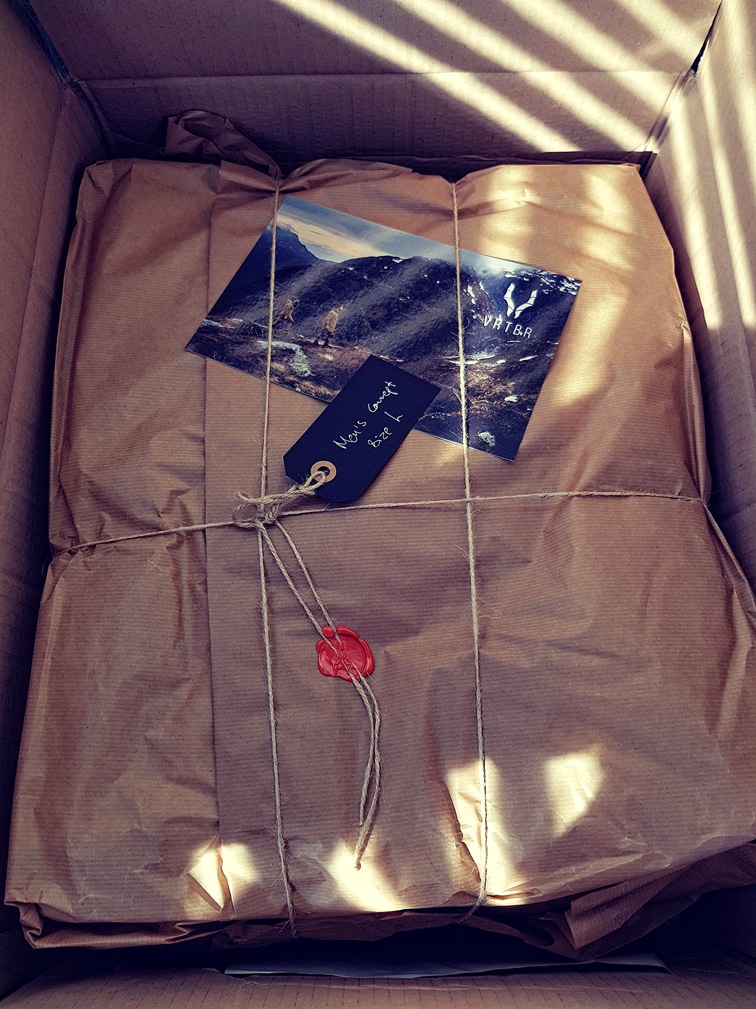
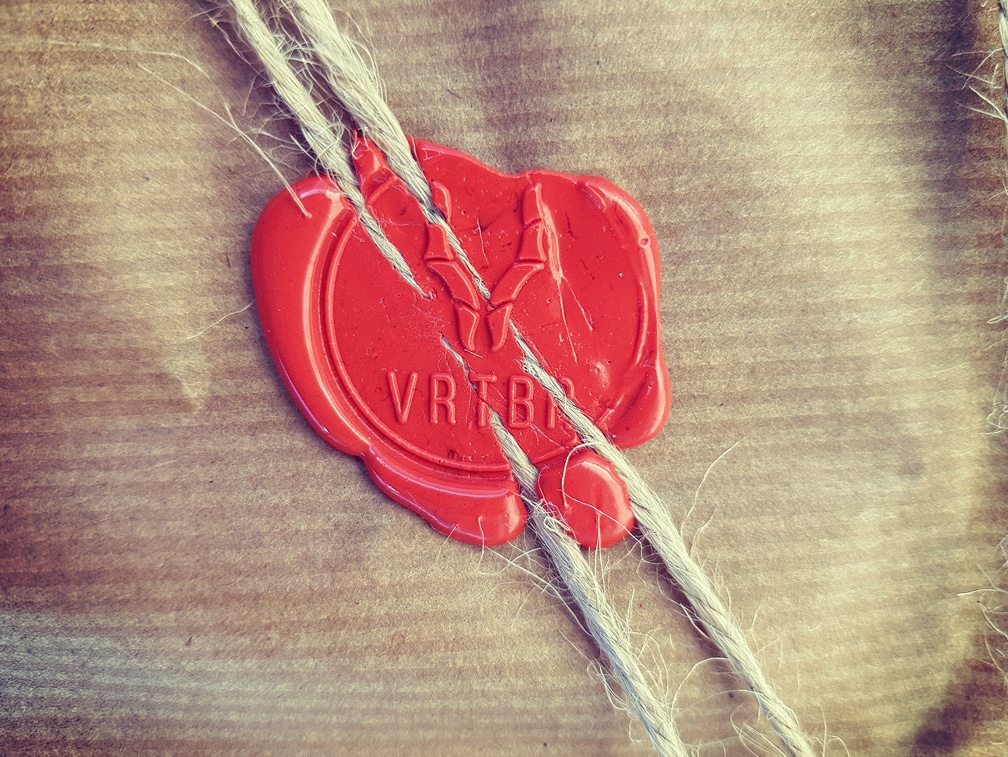






 The first step in getting the jacket back to new is cleaning it – a buildup of dirt, sweat and other materials are likely reducing the breathability of the jacket.
The first step in getting the jacket back to new is cleaning it – a buildup of dirt, sweat and other materials are likely reducing the breathability of the jacket.
